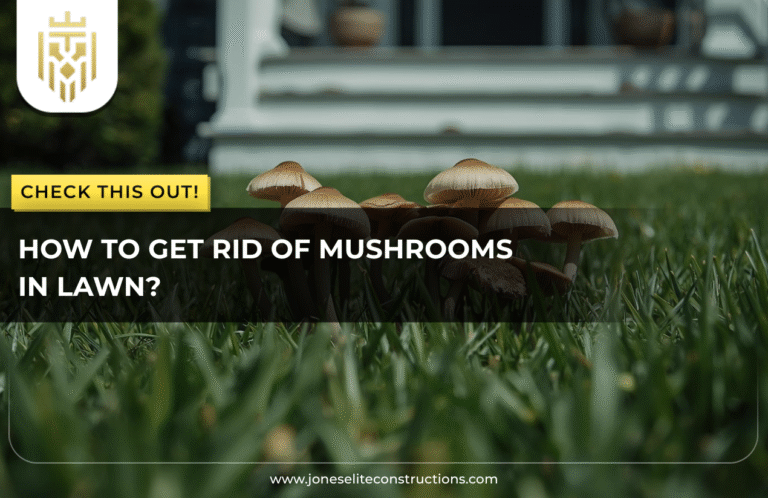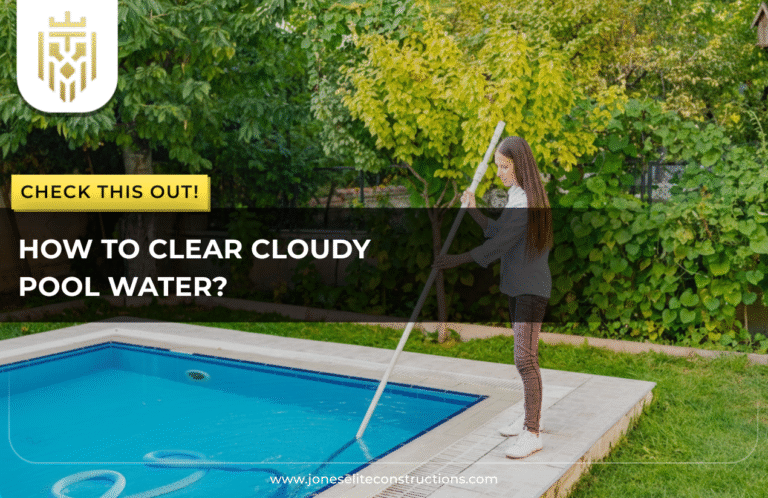What is Dethatching a Lawn?
Dethatching a lawn is an operation performed to dislodge a heavy layer made of watery organic substances—the thatch layer—that builds between the surface of the soil and the stand of grass. Basically, this layer comprises dead grass, dead roots, and life, which can choke nutrients, water, or air from entering the soil. A little thatch is not bad and is even needed; heavy accumulation of this layer will suffocate the lawn and create a haven for a variety of pests and diseases.
Why Is Dethatching Important?
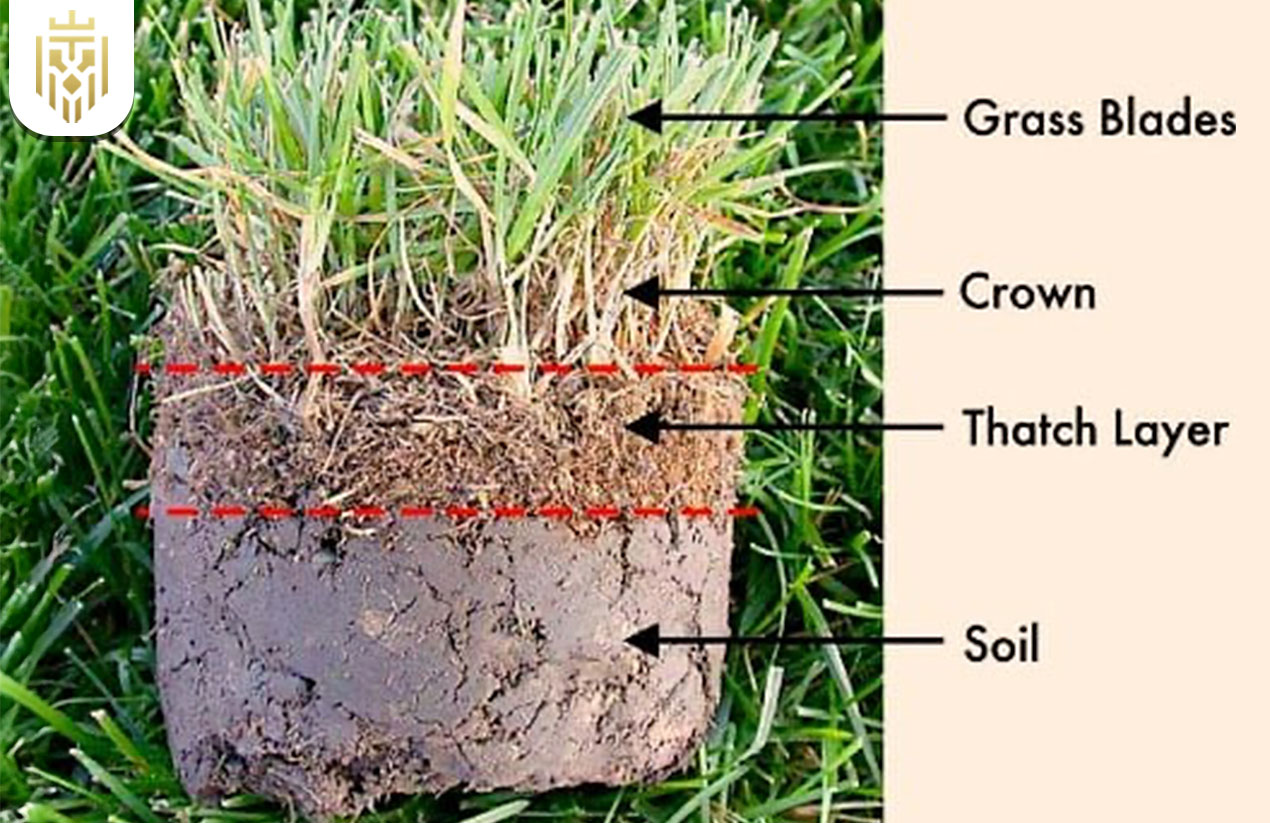
Proper lawn dethatching ensures your lawn grass remains healthy, breathable, and disease-free. Here’s how it benefits your yard:
Improves Airflow and Drainage
The dense and compact thatch layer when removed helps in better air circulation to the soil as well as to the root zone of the plants, while also preventing water from standing on the surface, thereby predisposing the lawn to fungal infections and root rot. Better drainage allows efficient absorption of water by your lawn and consequently stronger root development.
Boosts Nutrient Absorption
Thatch acts as a barrier to fertilizers and nutrients, blocking their way to the soil. Once detached, this barrier is removed, and therefore the lawn is much more receptive to nutrients, and hence fertilizing becomes productive. This effect usually overshadows the much-mentioned tortilla and the green grass and thicker lush growth.
Stimulates New Growth
Dethatching promotes a fresh start for your lawn. By clearing out the dead material, new grass shoots can emerge more easily and spread across the yard. This improves the overall density and appearance of your lawn, giving it a lush and healthy look.
When to Dethatch Your Lawn
Timing your dethatching is critical for the health of your lawn. The right period depends on the type of grass you have and the local climate conditions.
Cool-Season Grasses
Dethatching of cool-season grasses such as Kentucky bluegrass, ryegrass, and fescue occurs first thing in spring or early fall. These seasons correspond with their prime growing phases, so the grass recovers well and fills any bare places promptly.
Warm-Season Grasses
The warm-season grass types such as Bermuda, Zoysia, and St. Augustine are best dethatched from late spring to early summer, being fully active in a growth mode during these times. The period chosen should at least guarantee minimum stress and a quick recovery.
How Often Should You Dethatch?
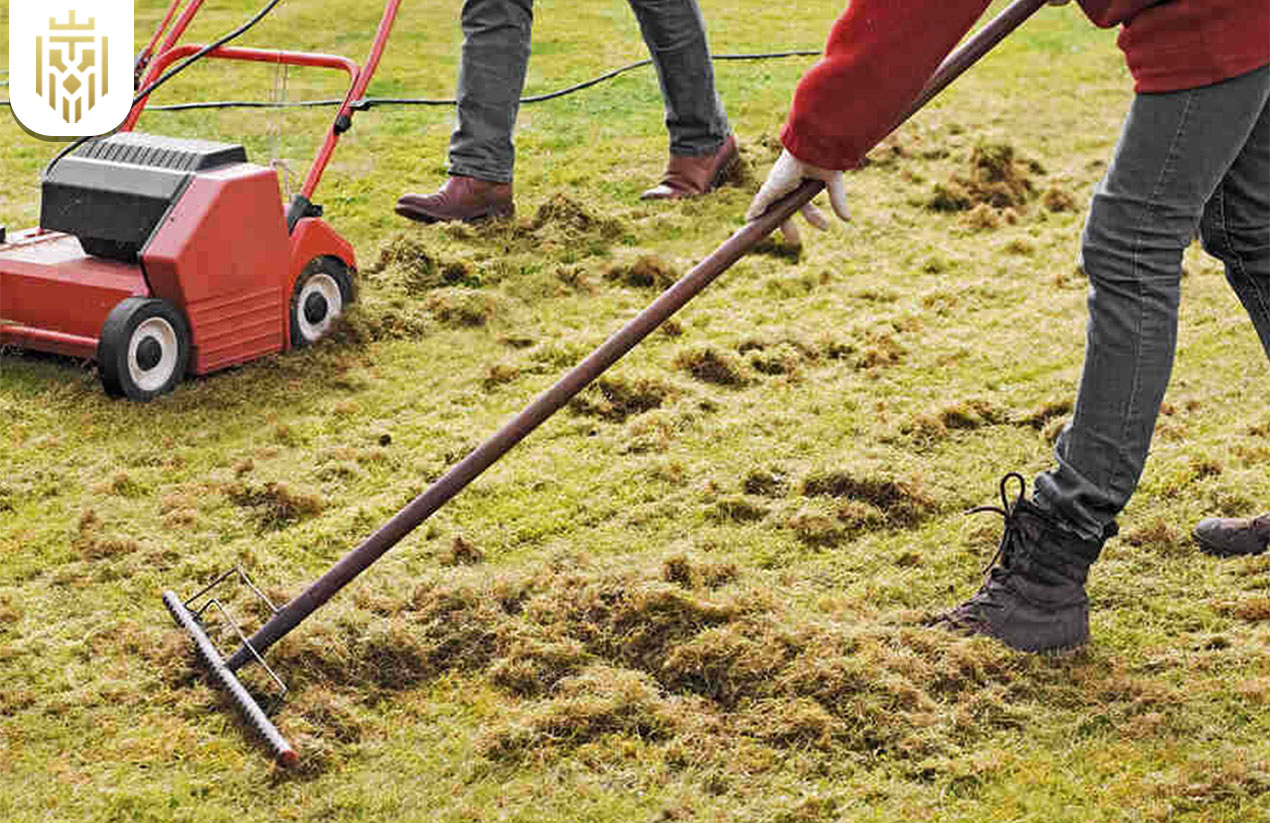
Dethatching is generally good for most lawns about once every one to three years. It depends on the grass type, the health of the soil, and the buildup of organic matter or debris. Dig a patch of turf, and if you find the thatch layer surpassing half an inch, then it’s time to dethatch.
How to Dethatch a Lawn?
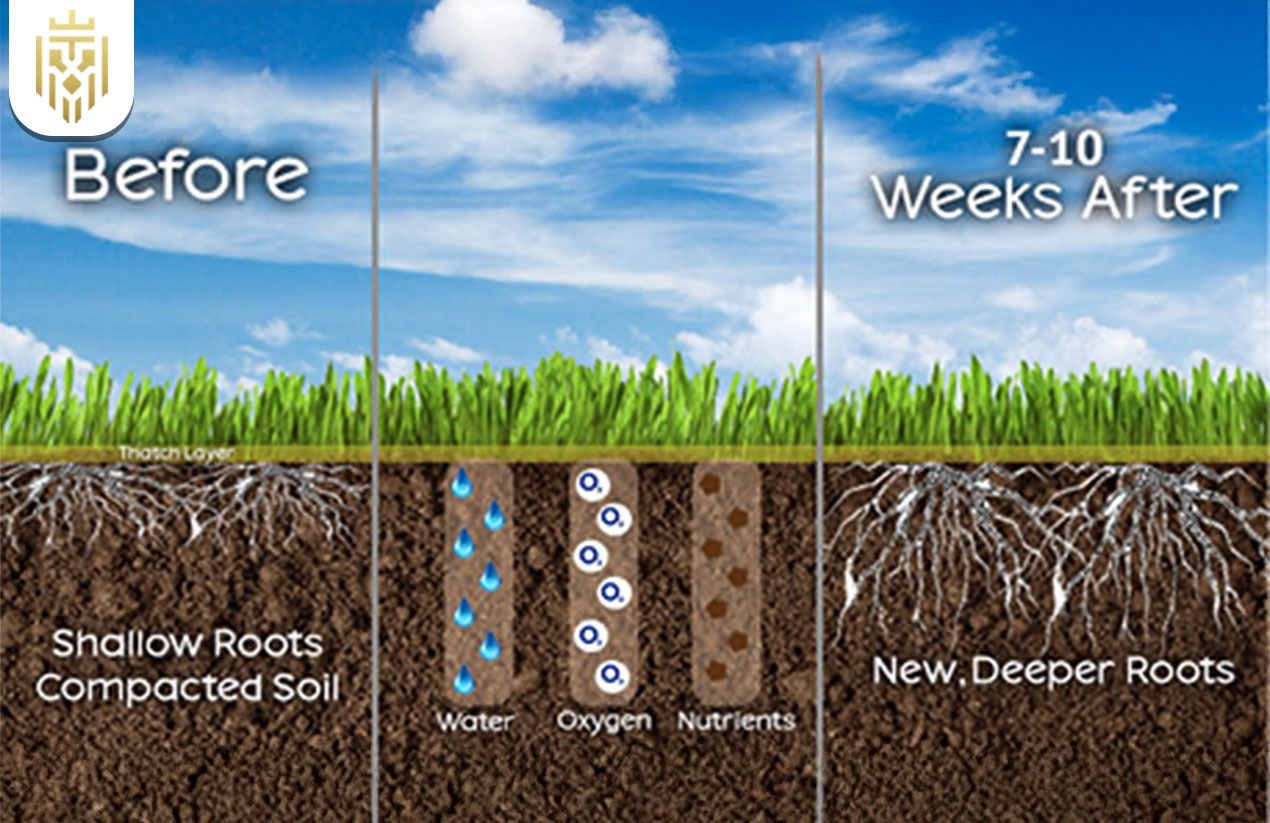
Dethatching might seem like a daunting task, but with the right steps, it can be simple and effective. Here’s how to do it:
Mow and Prep Your Lawn
Start by cutting your grass down to about half of its usual height. This makes for easier violation of thatch by the dethatching tool. The grass must be dry; after all, removal is harder when the thatch is wet.
Choose Your Dethatching Tool
Dethatching is carried out with a manual rake, a power rake, or a dethatching machine based on the size of your lawn and how thick the thatch is. Manual ones are appropriate for small yards with light buildups, while machines suit larger places with thicker thatching.
Dethatch in Overlapping Passes
Across the lawn, travel in overlapping rows to cover an equal amount of the area. Be uniform and thorough; however, avoid pressing down too hard to prevent damage to healthy grass and the soil underneath thatch.
Rake and Remove Debris
After the first act of dethatching is complete, you will have springs of loosened thatch right there on your lawn. These remnants should be removed using a simple leaf rake. If left on the lawn, they would suffocate the grass and defeat the purpose of all your hard work.
Water the Lawn
Ensure that the lawn is watered deeply to assist with recovery and the settling of the soil. Adequate hydration will promote the development of new roots for the grass and also help heal any defense mechanisms that the dethatching process applies.
Fertilize (Optional)
A light application of fertilizer after dethatching can speed up recovery and stimulate fresh growth. Use a slow-release balanced fertilizer that is formulated for your grass type and is good for your soil condition.
Difference Between Dethatching vs. Aeration
From time to time, one hears the words “dethatch” and “aerate” being intertwined. There is a difference: dethatching is the removal of any dead material lying on the surface, while aeration is perforating the soil to enable air, water, and nutrients to penetrate deeper. Sometimes both operations might be necessary; they have separate functions and should never be performed at the same time.
FAQs
1) What is Dethatching a Lawn?
Dethatching is the process of removing the layer of dead grass and organic matter lying between the grass and soil to promote better lawn health.
2) What is the Difference Between Dethatching vs. Aeration?
Dethatching removes surface thatch; aeration removes compacted soil by creating holes. Both improve lawn health but address different issues.
3) How to Dethatch a Lawn?
To dethatch your lawn, mow short, use the appropriate tool to remove the thatch in overlapping passes, rake the debris, water the lawn, and optionally fertilize.
4) When to Dethatch Lawn?
Cool-season grasses should be dethatched in early spring or fall, while warm-season grasses should be dethatched in late spring to early summer during their peak growth phase.


